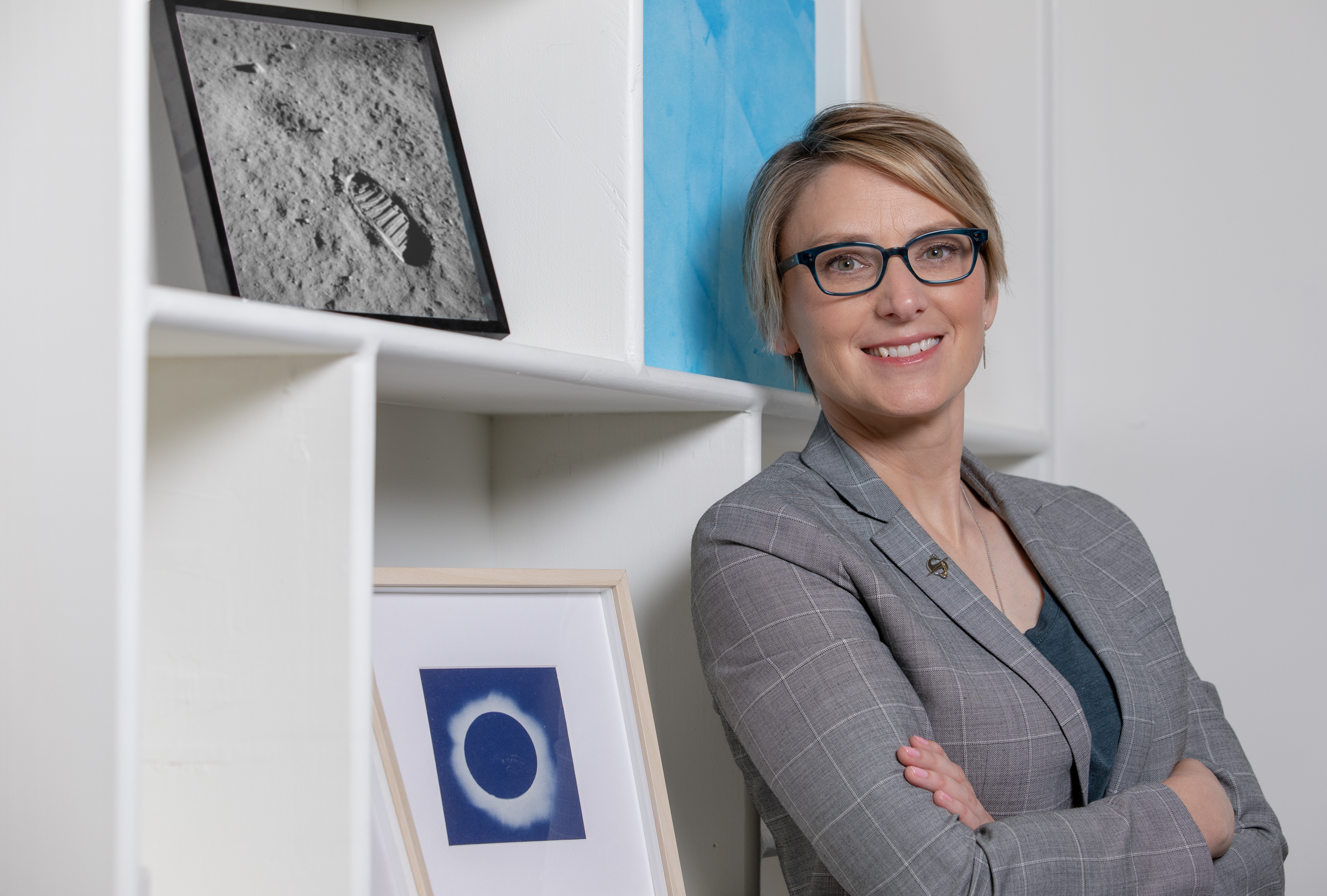Latest News

Slingshot Aerospace CEO Melanie Stricklan. Photo: Slingshot Aerospace
Slingshot Aerospace raised $40.85 million in an oversubscribed Series A2 funding round announced Tuesday, to grow and commercialize its space situational awareness capabilities.
CEO and co-founder Melanie Stricklan sees the funding as validation of Slingshot’s mission to keep space safe and its approach, as the company raised capital despite signs of a global economic downturn.
“I think it’s validation that we’re on the right track, and that space isn’t getting any safer,” Stricklan told Via Satellite. “Just because of the global economic downturn, I think there are investors that can see past that and understand that space isn’t necessarily correlated with the market, especially space safety.”
Sway Ventures led the round, which included participation from other investors including C16 Ventures, ATX Venture Partners, Lockheed Martin Ventures, Valor Equity Partners, and Draper Associates. C16 Ventures was a new investor. In addition, Horizon Technology Finance provided a venture loan.
“The massive growth in space operations carries a significant risk as well as an opportunity,” Najib Khouri-Haddad, general partner of Sway Ventures said in a Tuesday release. “Slingshot has aggressively and creatively carved a path to build new technologies that solve critical challenges and greatly reduce risks in space. Our investment in Slingshot is an investment in the future of space as we know it.”
The company was founded in 2017 and its first Series A was in October 2020 for $8 million, and it also had a $25 million expansion in March 2022.
As more and more satellites are launched to orbit and space situational awareness becomes a bigger part of the conversation in the space industry, Stricklan sees Slingshot’s niche as looking at space safety as a system of systems, in a holistic way. Slingshot’s products, powered by a digital space twin, cut across Geostationary, Low-Earth and Medium-Earth Orbits, and include space weather conditions.
“We see [space] as a holistic domain, one that can’t be solved by slicing by way of altitude. We also see the holistic of the physical and the non-physical — active and non-active and debris, and the non-physical includes space weather and the RF [radio frequency] environment,” she said. “A lot of satellite operators are starting to understand that they’ve got to have more resilient constellations, across multiple orbital regimes like LEO, MEO, HEO, GEO, and cislunar.”
Slingshot Aerospace offers a number of products around space situational awareness, including Beacon, a collision avoidance platform that sends collision alerts and helps operators communicate and coordinate satellite maneuvers. The company released a free version earlier this year to get input from the industry, and plans to release other paid offerings soon.
“We’ve heard from the community on the free [offering] and it’s adding value every single day,” Stricklan said. “What we’ve learned is what that higher tier needs to be without just determining ourselves. That’s a great feedback mechanism.”
The platform is driven by data, including data that Slingshot owns from its own network of global sensors, and it can ingest operator data as well. Earlier this year, it acquired two companies — Numerica’s Space Domain Awareness (SDA) division and Seradata — to increase its capabilities and proprietary data.
The Numerica acquisition came with a network of sensors and telescopes around the world that can track satellite and debris as small as 10 cm in size, and the Seradata acquisition included the database and analytics system SpaceTrak, which covers all launches and satellites since Sputnik in 1957, plus future launches. Slingshot sells data from the sensor network and the database to government and commercial companies.
A portion of the funds will finance the acquisitions, and help combine capabilities. Stricklan said the funding will also help the company commercialize its products faster across commercial and defense markets. In the coming year, Slingshot plans to build the scale of its platform and accelerate the combined product roadmap to keep up with the changing space environment.
“Post merger integration is super important, and we’ll continue to develop the products and services that the industry needs in order to make space operations as safe and successful as possible. We’re de-risking the risks that can seem to just continually grow every day,” Stricklan said.
Get the latest Via Satellite news!
Subscribe Now